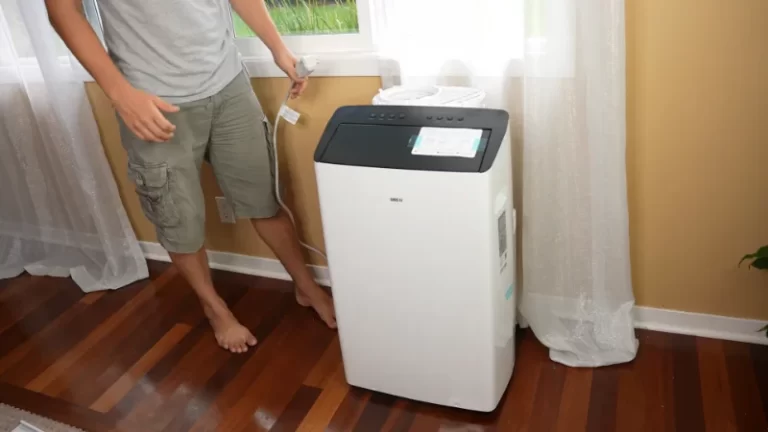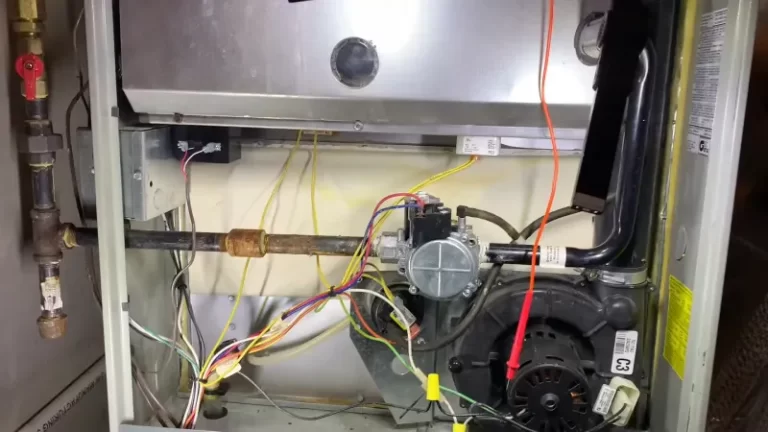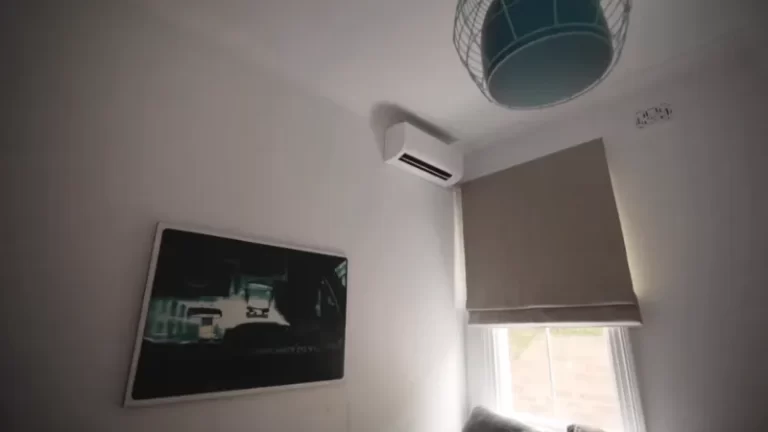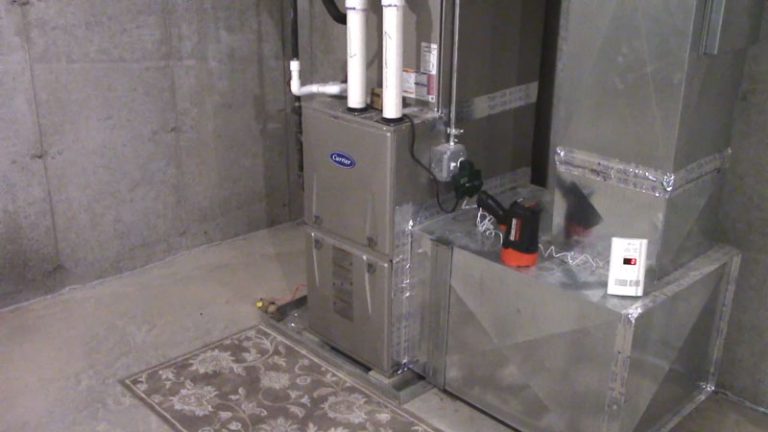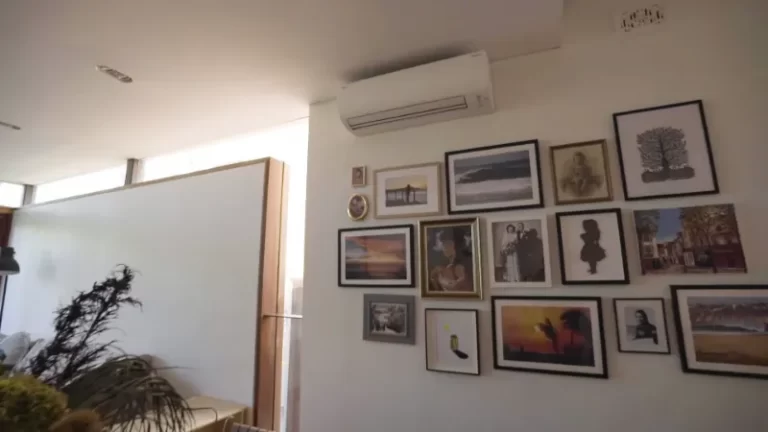Roofer Punctured AC Line? Your Guide to a Shocking Problem
You’ve invested in a new roof, expecting years of protection. Instead, you’re faced with a sweltering home because your air conditioning suddenly stopped working. It’s a homeowner’s nightmare: the roofer punctured the AC line. This scenario is more common than you might think and can lead to costly repairs and significant stress.
This comprehensive guide will walk you through exactly what to do when this disaster strikes. We’ll cover everything from immediate actions to take, who is financially responsible, and how to prevent this from ever happening again. Understanding your rights and the steps to follow is crucial to navigating this frustrating situation and getting your home back to normal as quickly as possible.
You'll Learn About
Immediate Steps to Take When Your AC Line is Punctured
The moment you realize your AC isn’t cooling after a roof installation, time is of the essence. A punctured refrigerant line isn’t just an inconvenience; it can cause further damage to your HVAC system and release harmful chemicals. Acting fast can save you from more expensive repairs down the road.
Your first priority should be to shut down your air conditioning system completely. This means turning it off at the thermostat and, if possible, at the circuit breaker. Continuing to run the AC with a leak can severely damage the compressor, a vital and expensive component of your system.
Signs of a Punctured Refrigerant Line
It’s not always immediately obvious that a roofing nail is the culprit. However, there are several tell-tale signs that point to a refrigerant leak caused by the roofing work. Being able to identify these can help you communicate the problem effectively to both your roofer and an HVAC technician.
Common indicators of a punctured AC line include a hissing or bubbling sound coming from your indoor or outdoor unit. You might also notice a lack of cool air, or even warm air, blowing from your vents. Another clear sign is the formation of ice on the evaporator coils or the refrigerant lines themselves.
Determining Responsibility: Who Pays for the Damage?
Once you’ve secured your AC system, the next pressing question is who will cover the repair costs. In most cases, if the damage occurred during the roofing project, the roofing company is liable for the repairs. Their work is the direct cause of the damage, and their business liability insurance should cover such incidents.
However, the situation can sometimes become complicated. Some roofing contracts may contain clauses that attempt to limit their liability. Additionally, the roofer might argue that the AC line was improperly installed too close to the roof deck, shifting the blame. This is where documentation and professional opinions become critical.
Document Everything Thoroughly
To build a strong case, you need to document the damage extensively. Take clear photos and videos of the suspected puncture area, any visible refrigerant oil stains in your attic, and the non-functional AC unit. Keep a detailed log of all your communications with the roofing company, including dates, times, and the names of people you spoke with.
It’s also a good idea to get a written report from a qualified HVAC technician. This report should detail the cause of the damage, the necessary repairs, and an itemized cost estimate. This third-party expert opinion will be invaluable when negotiating with the roofer or their insurance company.
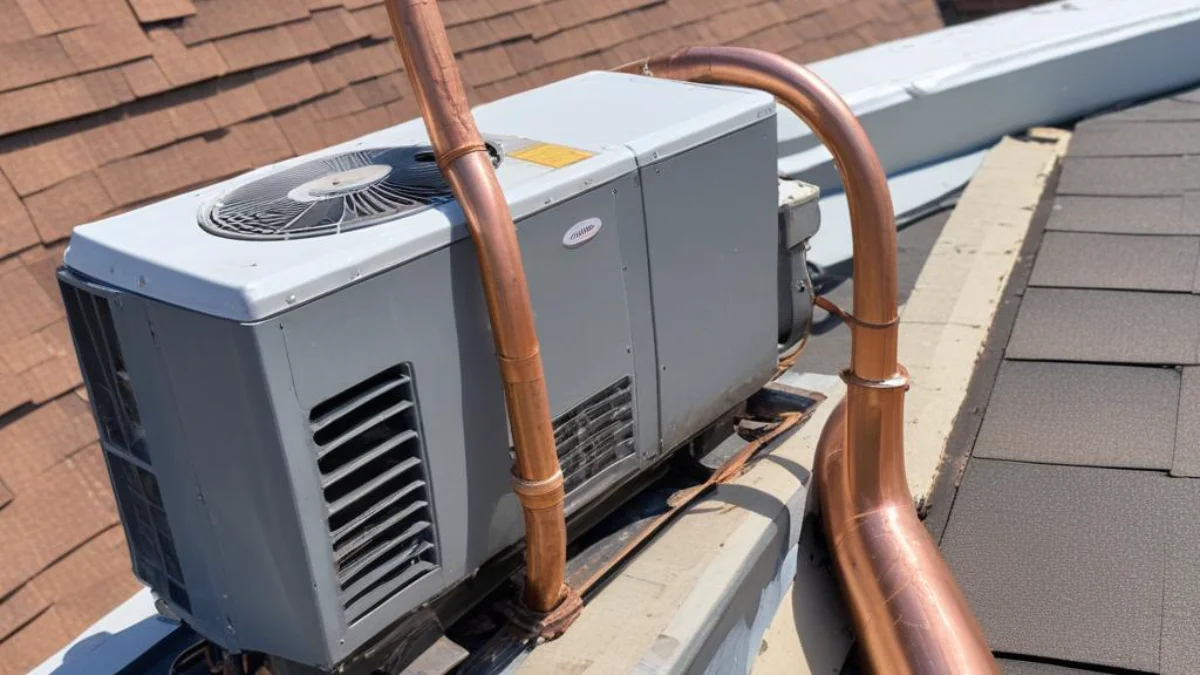
The Repair Process and Associated Costs
Repairing a punctured AC line is not a simple DIY task. It involves handling refrigerant, which requires specialized tools and EPA certification. You will need to hire a professional HVAC company to properly assess and fix the damage.
The repair process typically involves locating the exact point of the puncture, repairing the copper line (often by brazing), replacing the filter drier, pressure testing the system, evacuating the lines to remove moisture and contaminants, and finally, recharging the system with the correct amount of refrigerant. This process is meticulous and crucial for the long-term health of your AC system.
Understanding the Costs Involved
The cost to repair a punctured AC line can vary significantly, often ranging from $200 to over $1,500. Several factors influence the final price, including the location and severity of the leak, the type of refrigerant your system uses (older R-22 is more expensive), and local labor rates. A seemingly small nail hole can lead to a surprisingly large bill.
If the system ran for an extended period with the leak, there could be additional damage to the compressor, which could escalate repair costs dramatically. This is why it is so important to shut down the unit immediately. Getting multiple quotes from different HVAC companies can also help ensure you’re getting a fair price for the repair work.
| Service | Estimated Cost Range |
|---|---|
| Service Call/Leak Detection | $75 – $330 |
| Refrigerant Line Repair/Brazing | $200 – $700 |
| Refrigerant Recharge (per pound) | $100 – $350 |
| Filter Drier Replacement | $100 – $250 |
| Total Estimated Cost | $475 – $1,630+ |
Navigating the Conversation with Your Roofing Contractor
Approaching your roofing contractor about the damage can be intimidating. It’s essential to remain calm and professional. Start by presenting the facts clearly and providing the documentation you’ve gathered, including photos and the HVAC technician’s report.
A reputable roofing company will likely have general liability insurance to cover accidental property damage. They should be willing to work with you to resolve the issue. If your initial attempts at communication are unsuccessful, or if they deny responsibility, you may need to escalate the matter.
What to Do If the Roofer is Unresponsive
If the roofing company refuses to take responsibility, don’t give up. Your next step should be to send a formal written request (a demand letter) via certified mail, outlining the damages and the expected resolution. This creates a legal paper trail.
If they still don’t cooperate, you can file a claim with your homeowner’s insurance. Your insurance company may cover the costs and then pursue the roofing company’s insurer for reimbursement through a process called subrogation. As a last resort, small claims court might be an option for recovering the repair costs.
Preventing Future Damage: A Proactive Approach
The best way to deal with a punctured AC line is to prevent it from happening in the first place. When hiring a roofing contractor, due diligence is key. Choose a reputable, licensed, and insured company with a proven track record.
Before any work begins, have a thorough discussion with the contractor. Inform them about the location of your AC lines, especially if they run through the attic or close to the roof deck. A good contractor will take precautions, but clear communication can prevent costly mistakes.
Pre-Roofing Inspection and Preparation
Conduct a pre-roofing inspection with your chosen contractor. Point out any potential hazards or sensitive areas, including HVAC lines, electrical wiring, and plumbing in the attic. This is also a good time to review their insurance coverage and understand the claims process in case of accidental damage.
Taking photos of your attic and property before the roofing work begins can also provide a valuable baseline. By taking these proactive steps, you significantly reduce the risk of a roofer puncturing an AC line and ensure a smoother, stress-free roofing project. You may find that investing in a good waterproofing system for other areas of your home is also a wise decision to prevent future issues.
Understanding Your HVAC System and Its Vulnerabilities
Your home’s air conditioning system is a complex network, and the refrigerant lines are its arteries. These lines, typically made of copper, run from the outdoor condenser unit to the indoor evaporator coil. In many homes, a portion of this line set runs through the attic, making it vulnerable during a roof replacement.
The two lines in the set have different functions. The larger, insulated line carries cool, low-pressure refrigerant gas, while the smaller, uninsulated line carries warm, high-pressure liquid refrigerant. A puncture in either line will cause the system to lose refrigerant and stop cooling effectively. This is different from other home system issues, like a water heater popping noise, which indicates a different type of problem altogether.
The Dangers of Leaking Refrigerant
Leaking refrigerant, often known by the brand name Freon, poses both environmental and health risks. It is a greenhouse gas, and its release is regulated by the EPA. Inhaling refrigerant can cause dizziness, headaches, and respiratory irritation in a confined space.
Beyond the immediate health concerns, a refrigerant leak can lead to what’s known as a “burnout” of your AC’s compressor. When refrigerant leaks out, air and moisture can be drawn into the system. This mixture creates acids that can destroy the internal components of the compressor, turning a manageable repair into a catastrophic system failure that might even tax your home’s electrical system, raising questions like is 200 amp service enough for a tankless water heater.
Final Thoughts on Resolving AC Line Damage
Discovering that your roofer punctured your AC line is undoubtedly a frustrating and stressful experience. However, by taking swift, informed action, you can mitigate the damage and hold the responsible party accountable. Remember to shut down your system immediately, document everything, and communicate professionally but firmly with your contractor.
Ultimately, prevention is the best strategy. Thoroughly vetting your roofing contractor and maintaining open communication before the project begins are your best defenses against this costly mishap. Your home is your most significant investment, and protecting its vital systems during any renovation project should always be a top priority.

